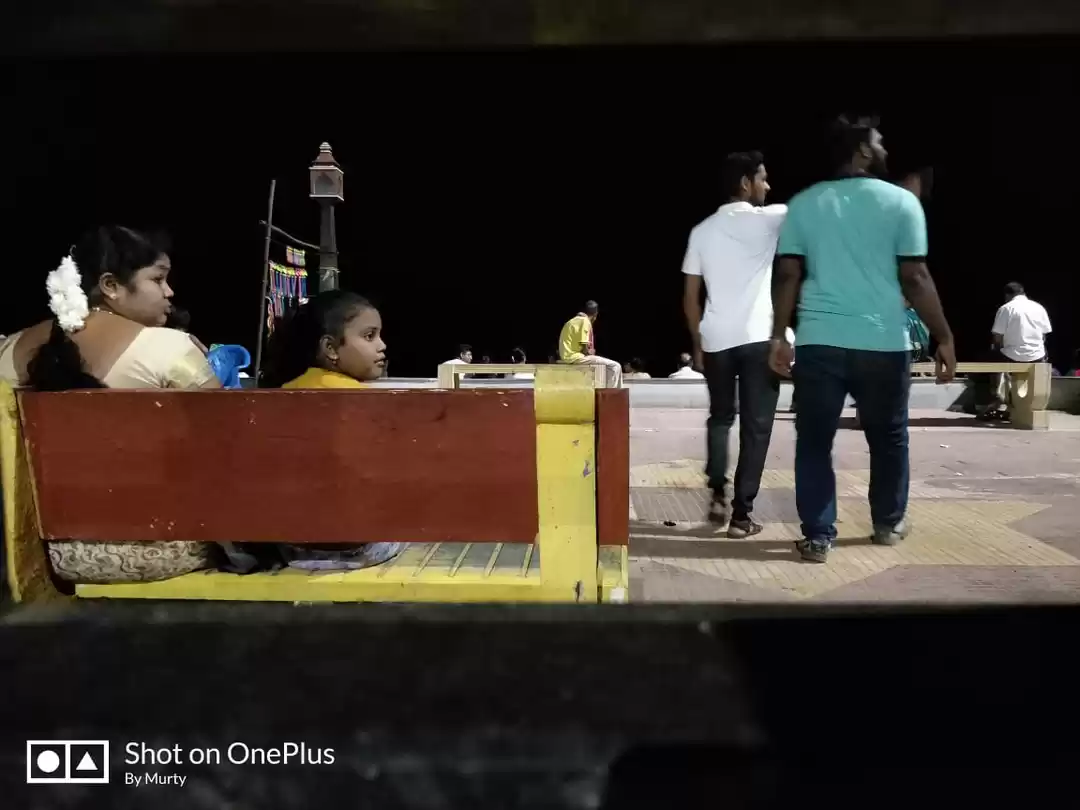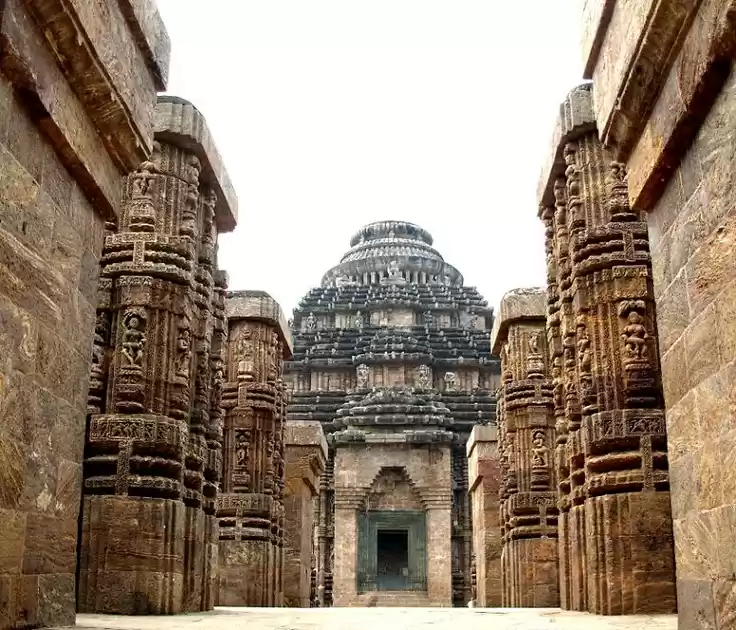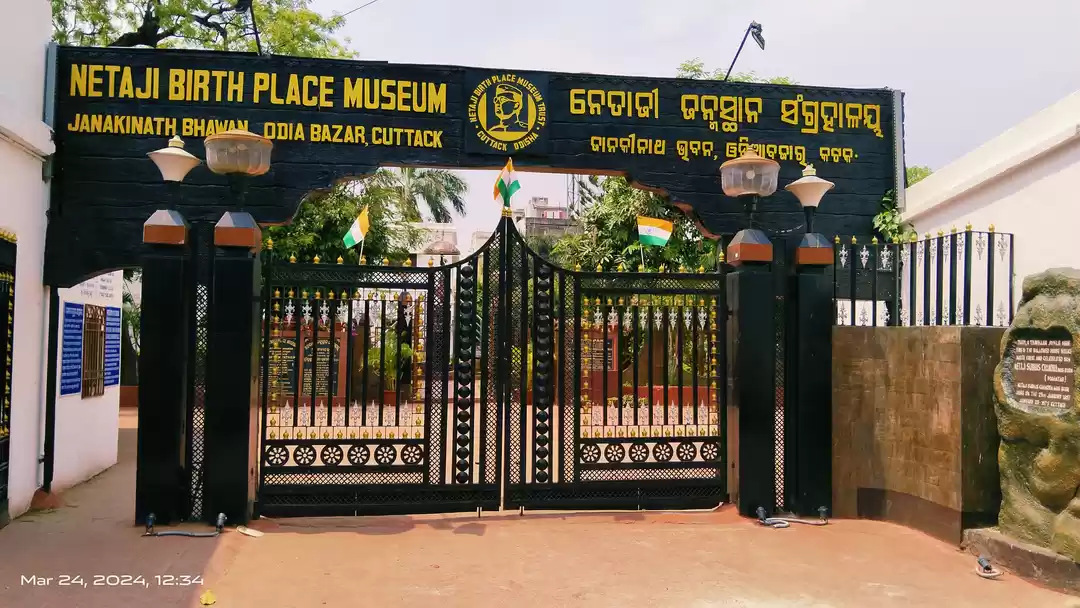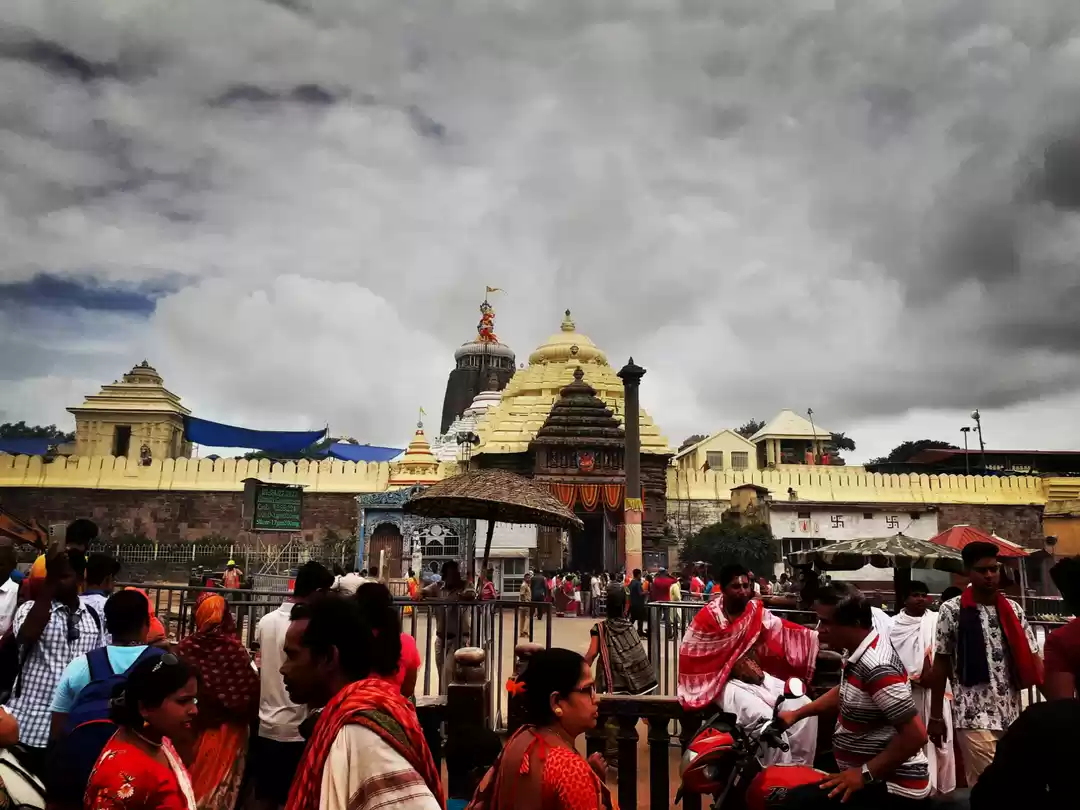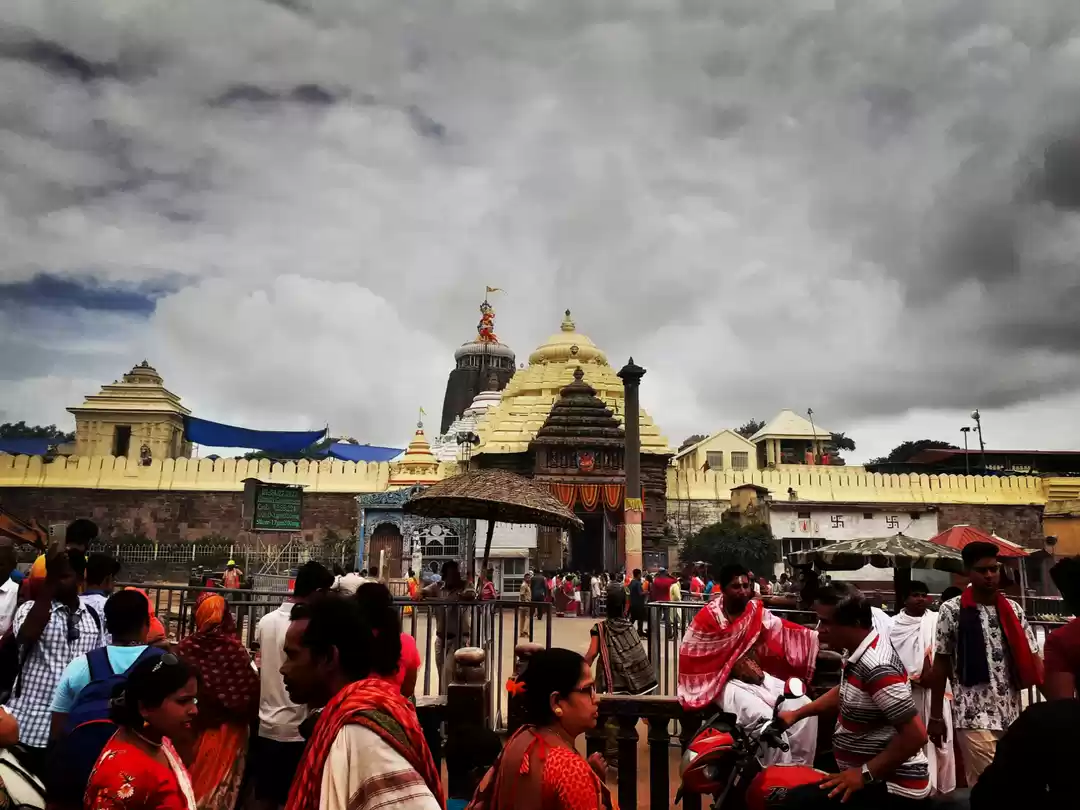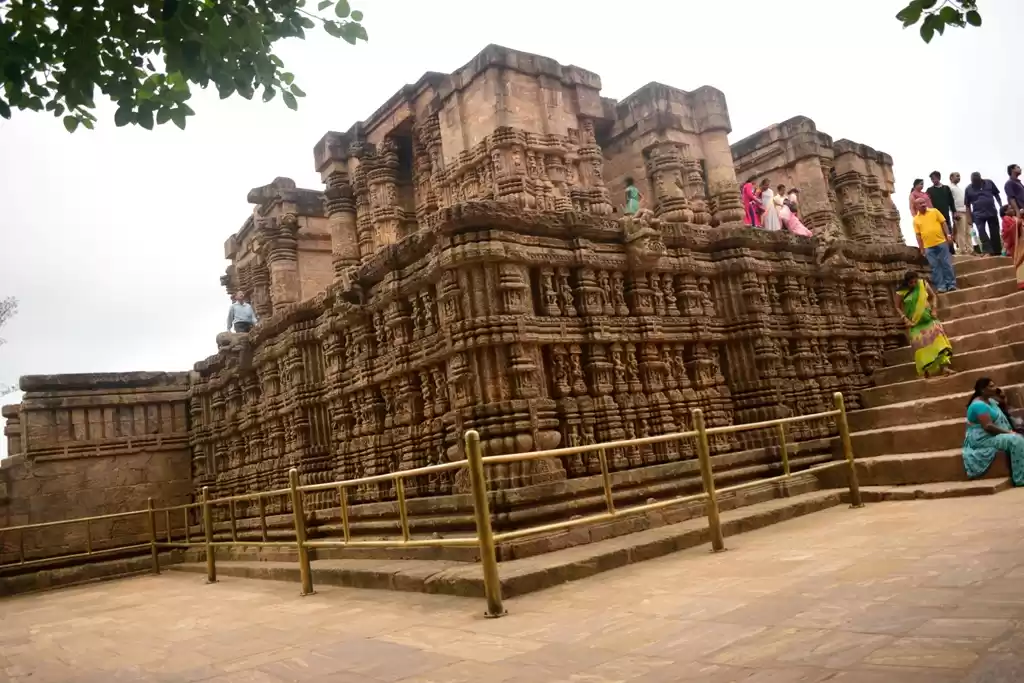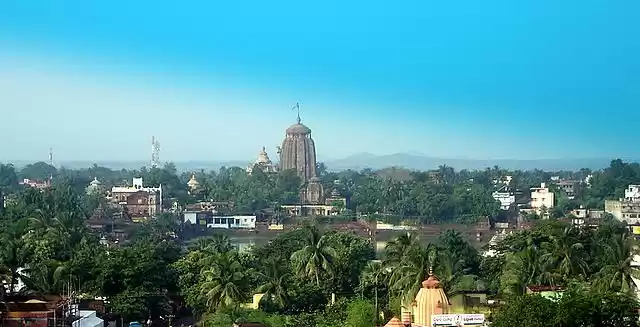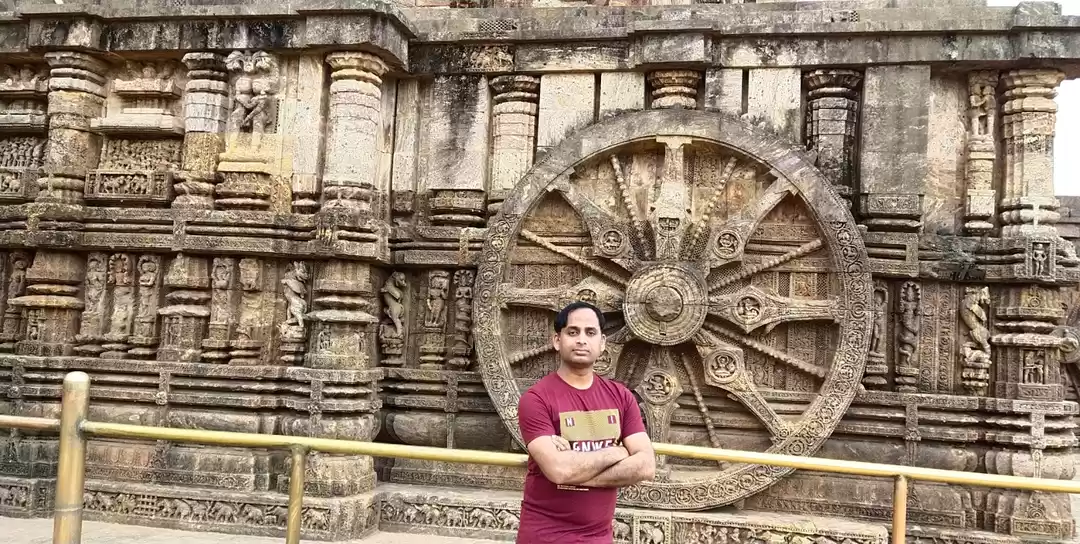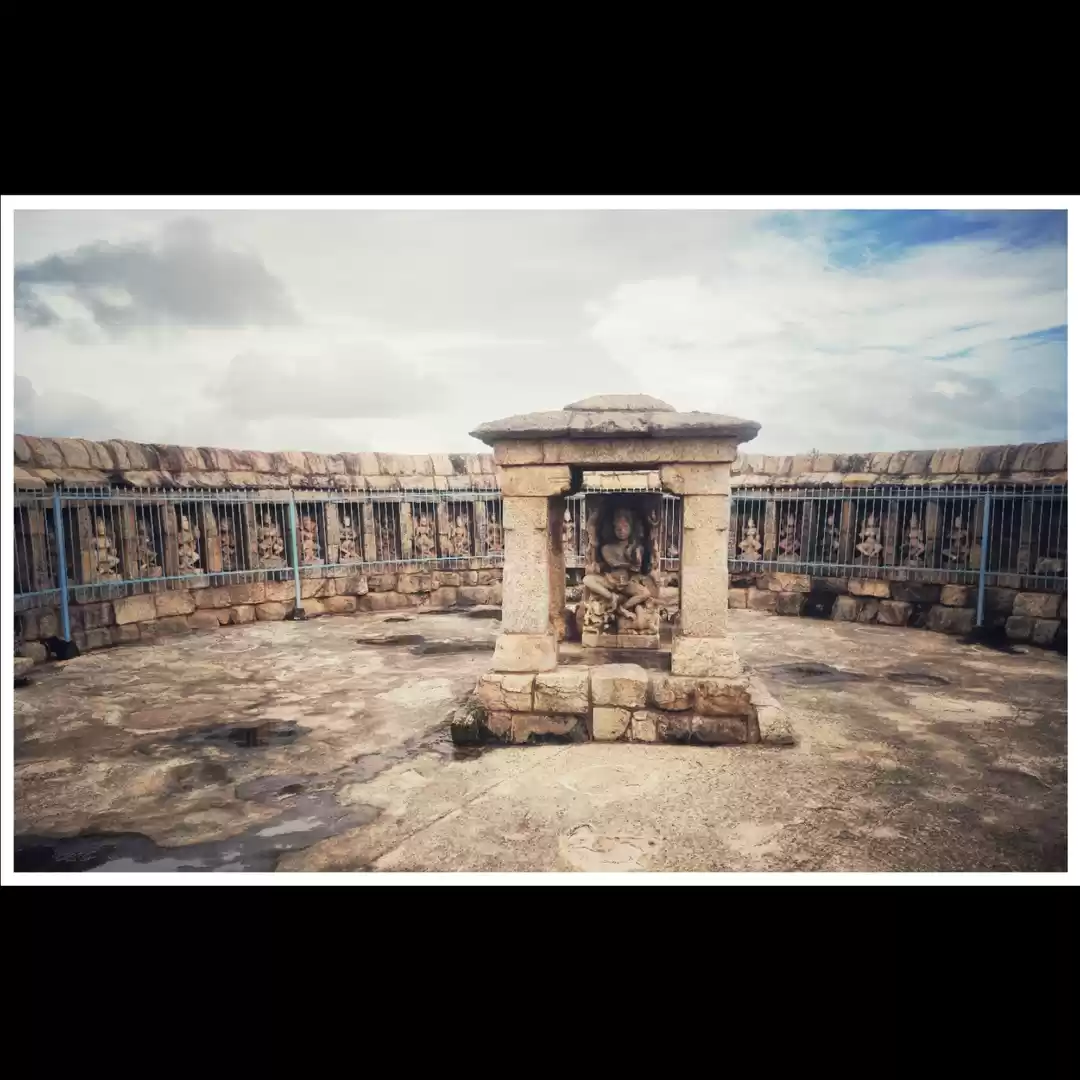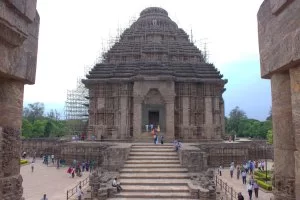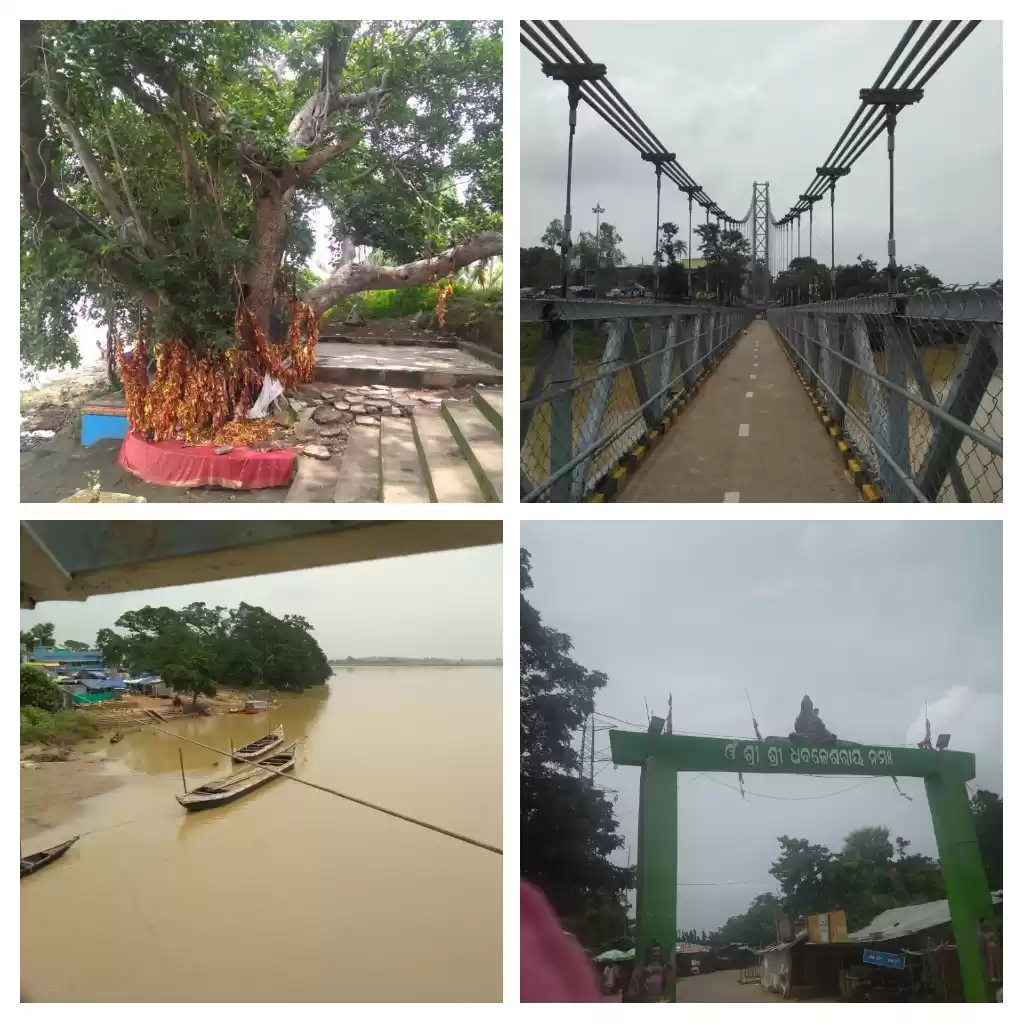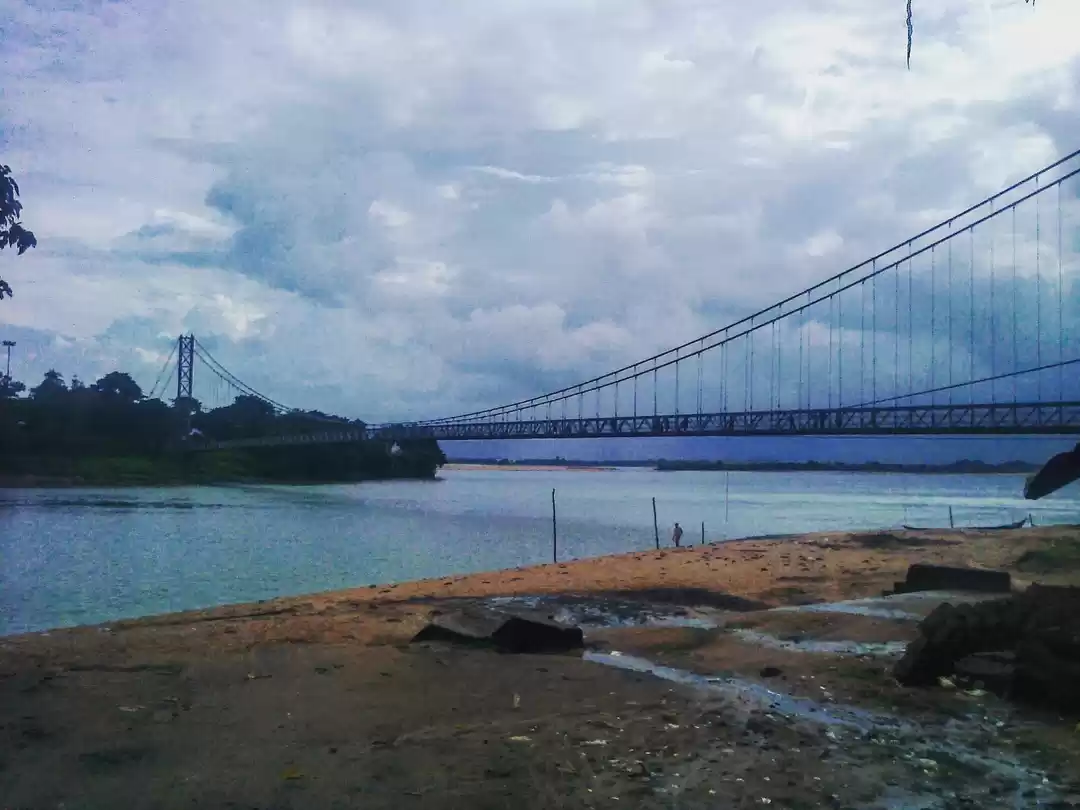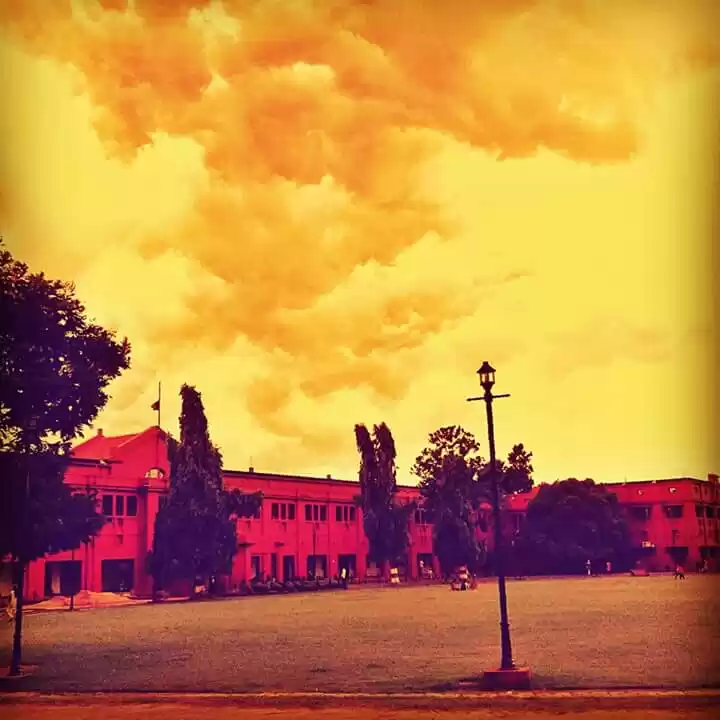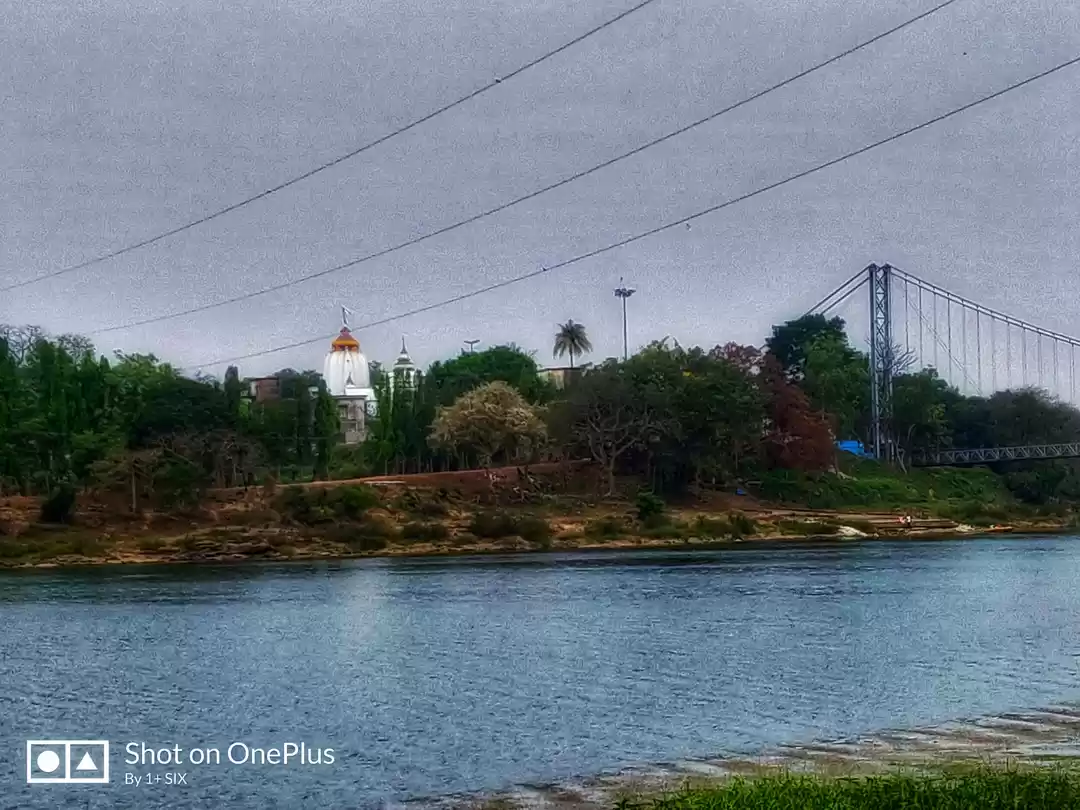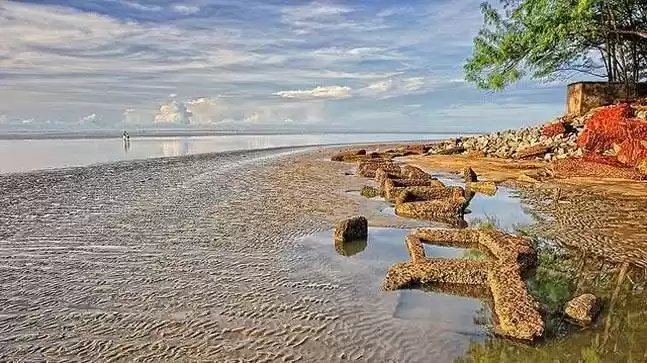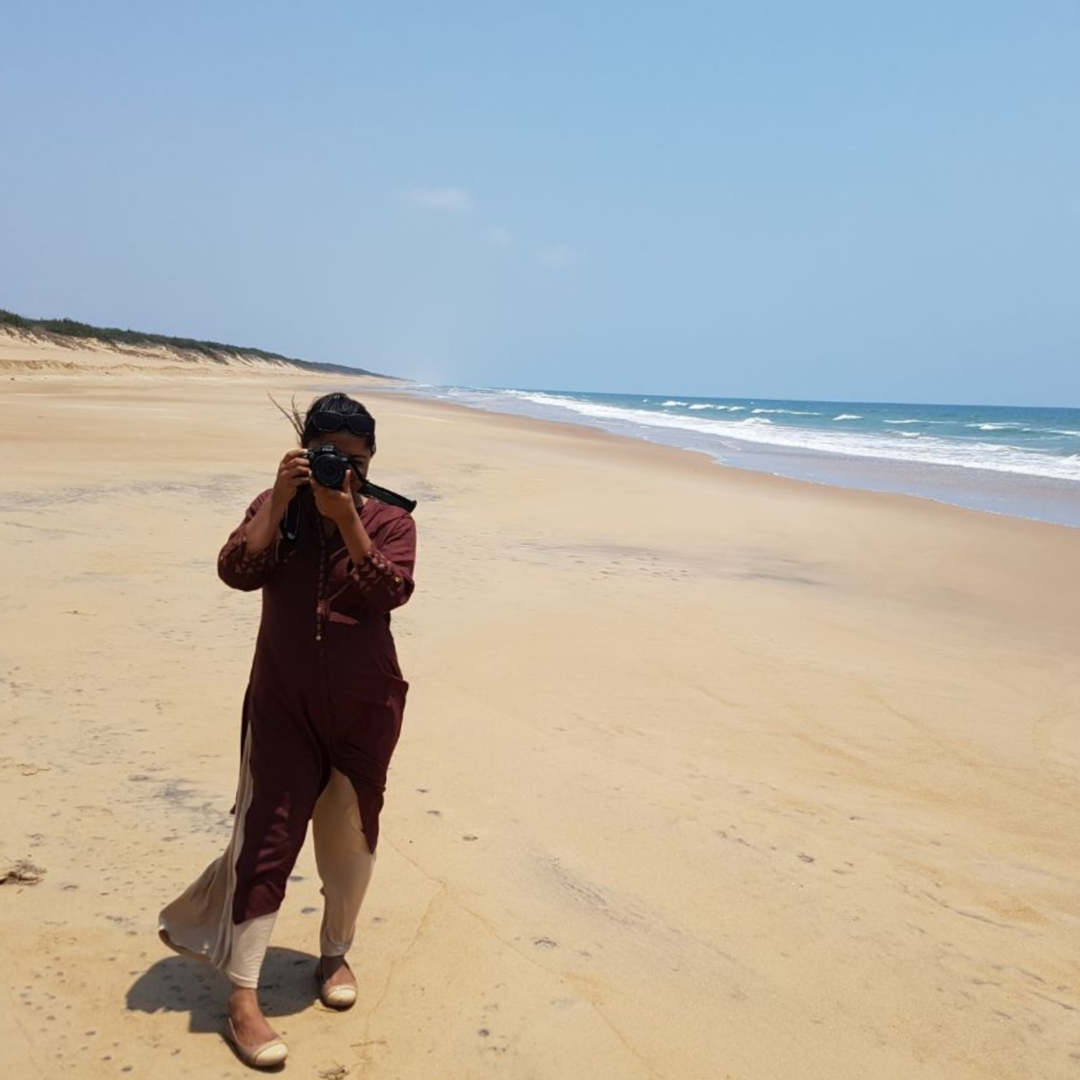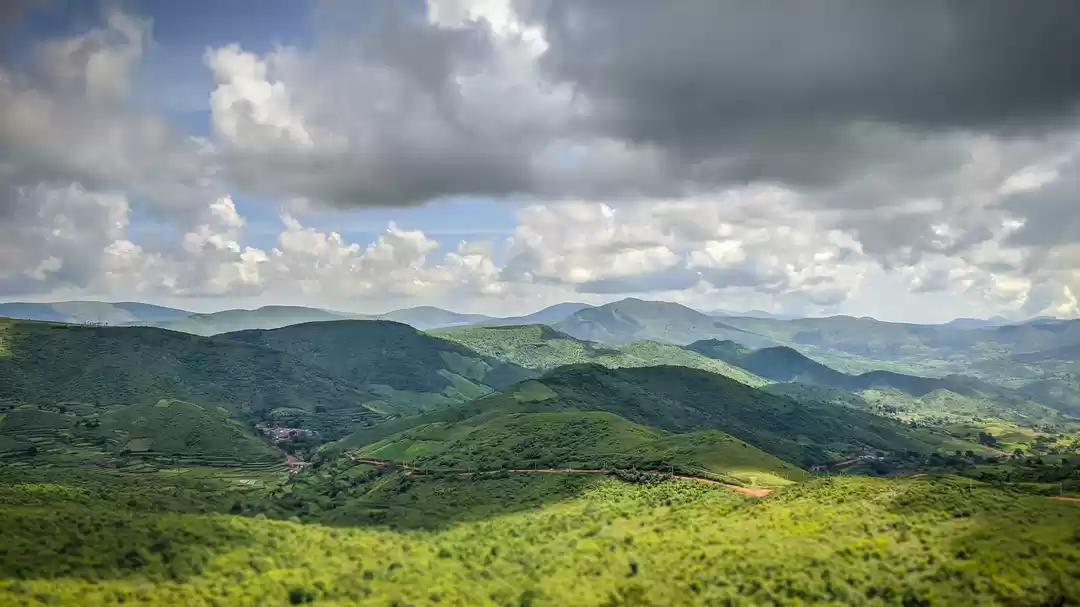Change has been the only constant in India, yet the speed of the change has been breakneck in the non-metro cities over the past decade. There seems to be an unwritten (and often ugly) standardization being forced upon these places making them lose their own character and turning them into smaller replicas of the metro cities. Nowhere is this more poignant than when one visits the places of their childhoods. The sense of standardization starts hitting one from the moment one lands onto the grey modernized airports that are now alike across India. Gone are the quaint and unique airports of the past. The same is felt in the buildings and shops (or rather the swanky new malls). Yet, some places still fight for their identity amid all this change.
Bhubaneswar the modern capital of Odisha and Cuttack its ancient capital - the two so-called twin cities of Odisha are burning examples of this fight between change and stability. Major upgradation of the roadways have seamlessly joined the twins like say Mumbai and Thane. Better roads and the administration's interest in promoting the glorious past have eased access to hidden places which now the locals/natives are now exploring like tourists.
With Bhubaneswar declared as the first smart city of India, massive changes are on everyday. Nowhere is the complete transformation of an area evident as clearly as it is in the Patia area of Bhubaneswar. Till the early 2000s, the area had vast open tracts of vegetation which the locals avoided in the night. Day trippers to Nandan Kanan rushed back before evening. With the Infocity in Chandaka and the KIIT family of educational institutes in Patia, the area has transformed beyond recognition into new Bhubaneswar which is even closer to Cuttack which lies just across the grand new bridge. Situated on a hilltop behind the sprawling KIIT campus is the Shikhar Chandi temple or the hilltop abode of the Goddess Chandi, about 10 minutes away from Nandan Kanan. This used to be a picnic spot, i.e. a place which required proper planning to visit because of its being away from the city and not someplace where people just dropped into. Now its all changed with going to the temple being super easy using public transport. While still advisable to visit in daylight, it is a great option for a winter day trip. The temple has been renovated in recent years as well.
This is an ancient tank in the vicinity of the Lingaraj temple just across the Ananta Basudev temple. The name comes from the legend that it was created by Lord Shiva with drops (bindus) from all water bodies. It plays a significant part in the local religious rituals. Over the recent years, lot of steps have been taken to clean up the area and a walking track has been near it which has good lighting in the evening. The steps and the waters are also much cleaner than they used to be. Beautiful lighting installations have been made on the island housing two old temples within the tank.
3. Mausima Temple area
Bhubaneswar is the temple city with beautiful ancient temples crammed into each nook and corner of the Old Town area. The administration has now started promotion of this rich heritage seriously. Lot of these temples have been superbly restored and small information boards added to encourage the visitors to read about the history of the place they are in. The Mausima Temple was always a landmark with well maintained parks and gardens. However, now one should also keep time aside to explore the smaller temples surrounding it which used to remain well hidden in plain view. For example, one can visit the Shiva temples named after Lord Ram, his three brothers and his two sons, his unique in its own way and as well carved as the other. Proper boards are in place with facts about each.
Proper roadways have made accessibility to this hidden temple in a small village near Bhubaneswar super easy. One can reach the place about 15-20 minutes drive from the Rajarani Temple grounds. The superbly restored ruins of this ancient temple dedicated to the 64 yoginis worshiped under the tantric school of Hinduism are quite unlike other temples of Odisha. The presiding deity is Kali or Chandi. The 64 idols are all arranged in cavities in a circle around the main idol under the open skies. A late afternoon or early evening visit when there is still some remaining daylight to this place will be an unique experience (it becomes quite dark by 6pm in Eastern India). The premises are locked after the evening aarti.
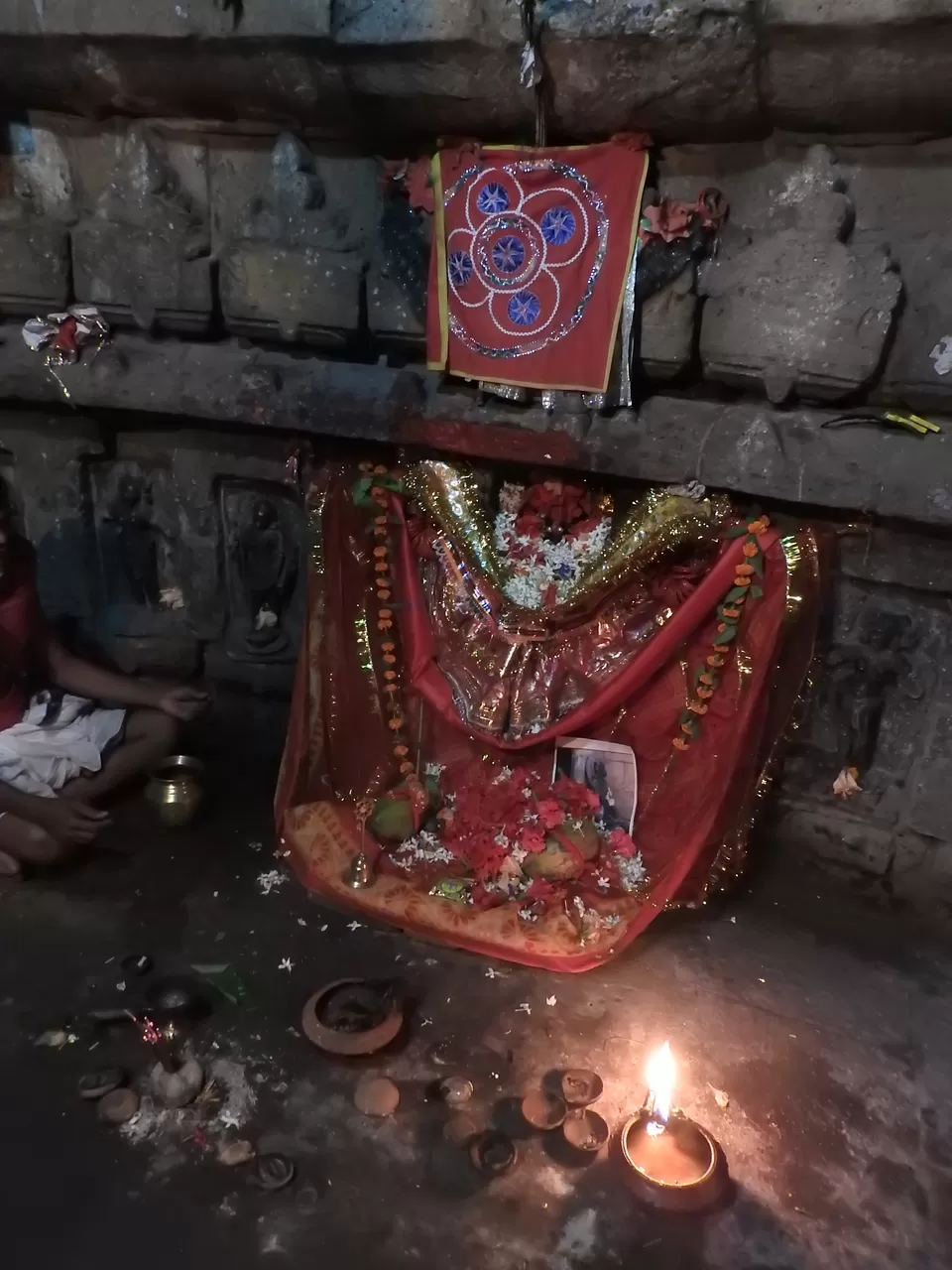
5. Ekamra Haat
Great place to explore and pick up souvenirs made by the craftsmen of the different districts of Odisha at one place. Prices are quite reasonable with its being run by the government. The collection is good and spread over a huge area. With several eateries in the compound its a good place to spend the evening.
Even a few decades back, a visit to the ancient Shiva temple on the Dhabaleswar island in tiny ferries over the turbulent waters of the mighty Mahanadi river was an adventure to remember. Now visiting the temple is a simple crossing over Odisha's first hanging foot bridge. During the monsoons, the feel of the gushing waters of the Mahanadi below one's feet is an experience by itself. The temple for Shiva in the form of Dhabaleswar (White God) dates back to the 11th century and is highly revered amongst locals. Those with time in hand can still opt for boating over to the island. Its now less than an hour away from Bhubaneswar city.
This museum dedicated to the maritime history of Odisha and India has been set up at the British era boat building workshop at Jobra, Cuttack which had been lying in dilapidated condition for ages. Superb upgradation of amenities has changed this area from a secluded spot in the evenings to a well-lit happening neighborhood. The river viewing point is a great spot to spend the evening as well.






The foundation stone of the workshop had been laid down way back in 1866 and most of the buildings, machinery and furnaces in the new museum are of those times superbly restored in their original places. Apart from the restored machinery of the workshop, there are galleries dedicated to navigation instruments and finally for the various rituals in Odisha associated with its maritime past. Long forgotten folk tales suddenly pop back into memory on seeing the depictions. The aquarium has a great collection of aquatic life. Overall a great introduction to the maritime history of Odisha and a place to definitely explore in Cuttack.
Odisha was known as Utkala in the ancient times referring to the supremacy of the arts here. Started in 2018, this museum celebrates the traditional arts and crafts still being practiced across Odisha and their religious and socio-economic significance. Visitors are encouraged to go through the audio visual show before exploring the galleries which was very unique and went a long way in enjoying the displays even without any guides. The stories on the information boards remind visitors of folk stories and rituals.
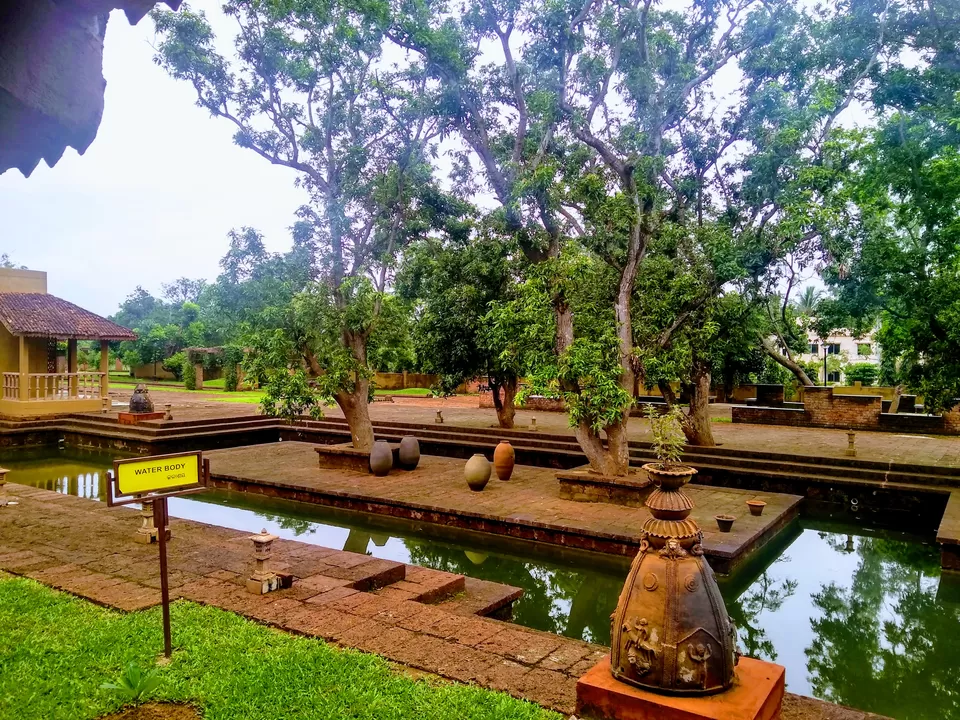







Overall a great two days of exploring.
Frequent Searches Leading To This Page:-
Odisha Family Tour, Odisha 3 Nights & 4 Days Tour, Book Odisha Tour Packages, Odisha Vacations, Orissa Tribal Tour Packages




















